The First Discovery That Changed Everything
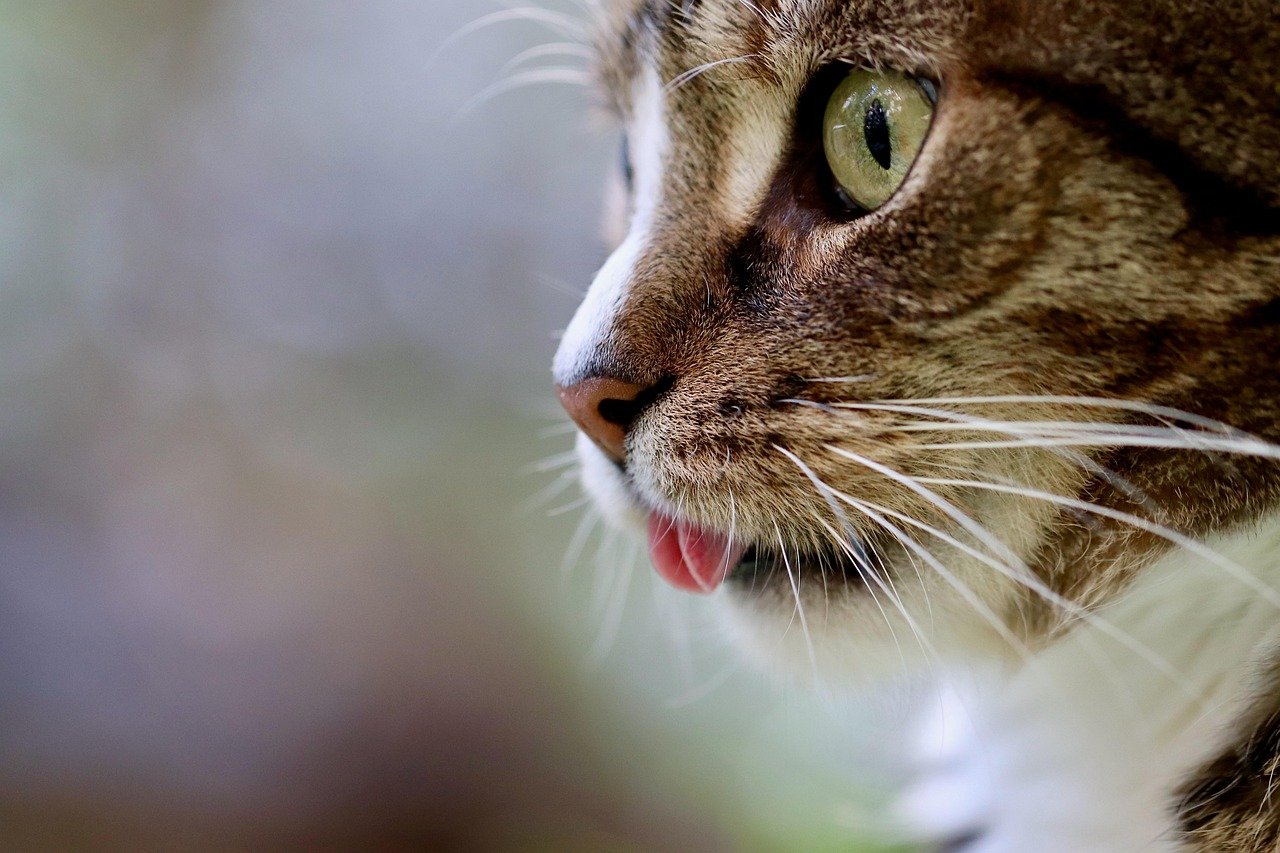
Picture this: It’s 1869, and a paleontologist in Buenos Aires is carefully brushing dirt off what looks like an impossibly large canine tooth. Little did he know, this moment would spark a fascination that would grip humanity for over 150 years. The discovery of the first saber-toothed cat fossil wasn’t just a scientific breakthrough—it was the birth of a legend.
Before this moment, the idea of cats with sword-like teeth seemed like something from a fantasy novel. But there it was, carved in stone and time, proving that reality had once been far more dramatic than fiction. This single fossil opened the door to understanding an entire lineage of prehistoric predators that would eventually prowl their way into our collective imagination.
Hollywood’s Love Affair with Fangs
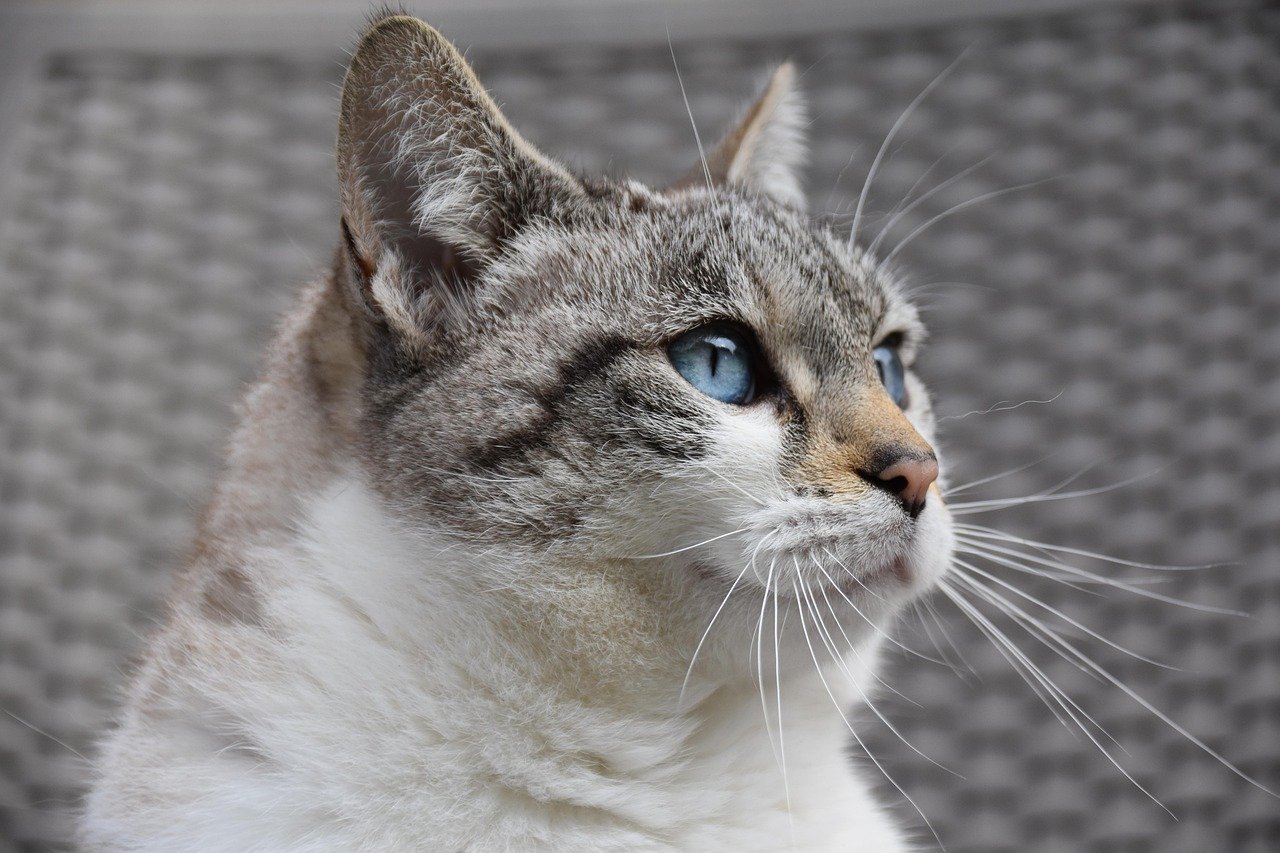
The movie industry couldn’t resist the dramatic appeal of saber-toothed cats. From the 1940s onwards, these prehistoric hunters began appearing in films, often portrayed as ruthless monsters stalking cavemen across frozen landscapes. Hollywood took creative liberties, of course—making them larger, more aggressive, and somehow always perfectly groomed despite living in harsh Ice Age conditions.
What’s fascinating is how these early portrayals shaped public perception. Many people’s first encounter with saber-toothed cats wasn’t through textbooks or museums, but through the silver screen. These cinematic interpretations, while scientifically questionable, created an emotional connection that dry academic papers never could.
Diego: The Game-Changer

Then came 2002, and everything changed. Ice Age introduced Diego, a saber-toothed cat who wasn’t a mindless predator but a complex character with feelings, humor, and loyalty. Suddenly, children around the world were asking their parents about these prehistoric cats, not out of fear, but out of genuine curiosity and affection.
Diego’s character development throughout the Ice Age franchise transformed the public image of saber-toothed cats from scary monsters to relatable heroes. This shift was monumental—it moved these ancient predators from the realm of nightmares into the category of beloved characters. The impact on popular culture was immediate and lasting.
Museum Exhibitions That Sparked Wonder
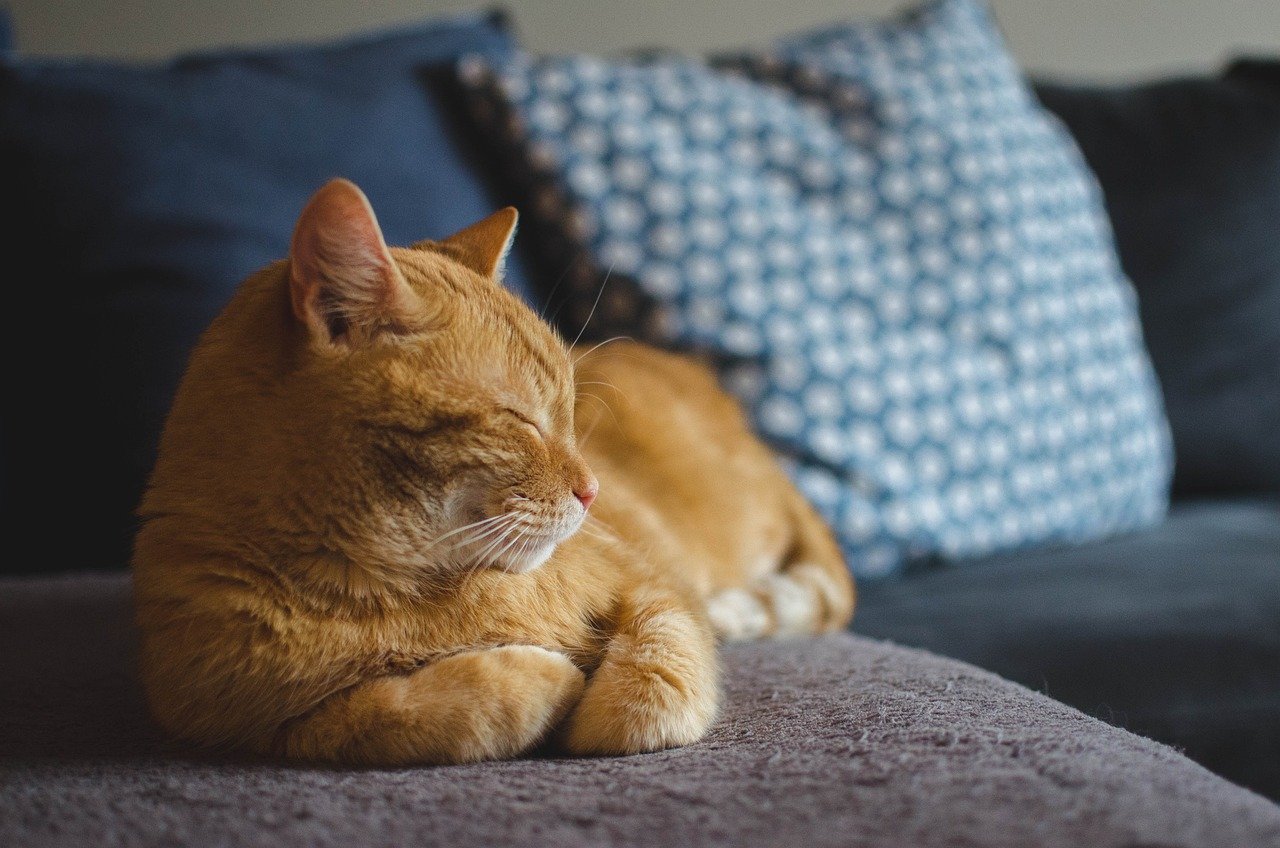
Natural history museums played a crucial role in bringing saber-toothed cats into mainstream consciousness. The dramatic skeletal reconstructions, often positioned mid-hunt or mid-roar, became some of the most photographed museum displays in the world. These exhibits didn’t just educate—they inspired awe and wonder.
The La Brea Tar Pits Museum in Los Angeles deserves special mention here. With over 2,000 individual saber-toothed cat specimens, it became the ultimate pilgrimage site for anyone fascinated by these creatures. The museum’s ability to tell the story of these cats’ lives, deaths, and preservation created an emotional narrative that resonated with millions of visitors.
The Toy Box Revolution

Action figures, stuffed animals, and collectible models of saber-toothed cats began flooding toy stores in the 1990s and 2000s. These weren’t just educational tools—they were companions for children who wanted to hold a piece of prehistoric history in their hands. The tactile experience of playing with these toys created lasting memories and deeper connections.
Manufacturers quickly realized that saber-toothed cats had a unique appeal. Unlike dinosaurs, which could seem alien and distant, these cats retained enough familiar feline characteristics to feel approachable while still being exotic enough to capture imagination. This perfect balance made them ideal subjects for toys and collectibles.
Video Games and Virtual Hunting

The gaming industry embraced saber-toothed cats with enthusiasm, featuring them in everything from educational games to action-packed adventures. Players could finally experience what it might have been like to encounter these magnificent predators, whether as allies, enemies, or characters to control. The interactive nature of gaming created unprecedented intimacy with these ancient creatures.
Games like Far Cry Primal and various survival games allowed players to hunt alongside or against saber-toothed cats, creating visceral experiences that books and movies couldn’t match. This virtual interaction deepened the cultural impact, making these prehistoric hunters feel more real and immediate than ever before.
Literature’s Prehistoric Protagonists

Authors began incorporating saber-toothed cats into novels, children’s books, and scientific literature with increasing frequency. These literary appearances ranged from accurate scientific portrayals to fantastical adventures where the cats possessed almost magical abilities. Each book added another layer to the growing mythology surrounding these creatures.
Children’s literature particularly embraced these prehistoric cats, often portraying them as misunderstood creatures rather than mindless killers. This gentler approach helped new generations develop positive associations with saber-toothed cats, viewing them as fascinating rather than frightening.
The Art World’s Prehistoric Muses
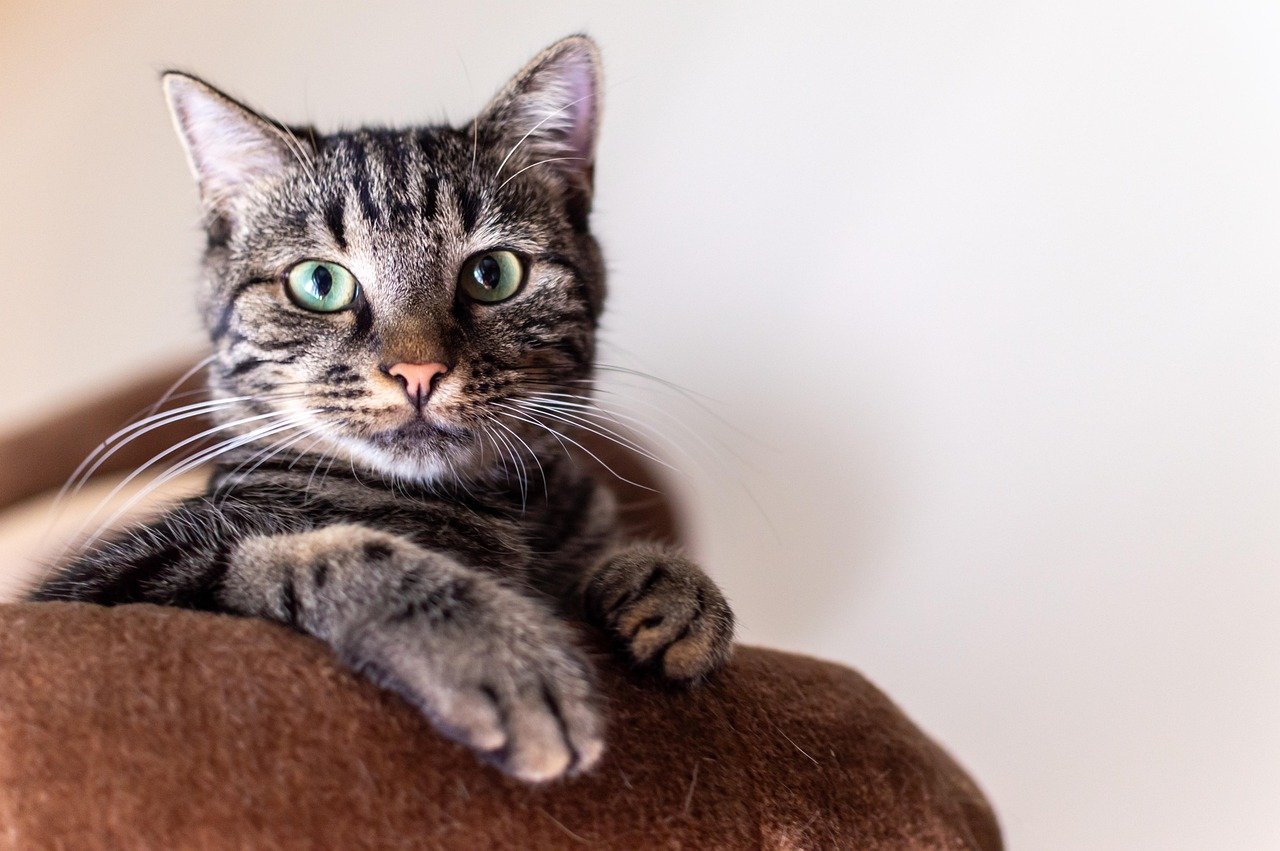
Contemporary artists found inspiration in the dramatic form and implied power of saber-toothed cats. Paintings, sculptures, and digital art featuring these creatures began appearing in galleries and online platforms. The artistic interpretations often emphasized the cats’ grace and beauty rather than their predatory nature.
These artistic representations helped elevate saber-toothed cats from mere scientific curiosities to symbols of power, beauty, and the mysterious nature of prehistoric life. The art world’s embrace legitimized these creatures as worthy subjects for serious creative expression.
Social Media’s Fossil Celebrities

Instagram, TikTok, and YouTube became unexpected platforms for saber-toothed cat content. Paleontologists, museums, and enthusiasts began sharing fossil discoveries, educational content, and artistic interpretations. These social media personalities helped make paleontology accessible and exciting to younger audiences.
The hashtag #SaberToothedCat has millions of posts, ranging from scientific discoveries to fan art to memes. This digital presence ensures that each new generation discovers these prehistoric hunters in fresh, engaging ways.
Educational Programs and School Curricula

Schools began incorporating saber-toothed cats into science curricula, recognizing their appeal as educational tools. Teachers found that students were naturally drawn to learning about these creatures, making them perfect vehicles for teaching broader concepts about evolution, extinction, and prehistoric ecosystems.
Educational programs in museums and zoos often featured saber-toothed cats as star attractions. These programs combined entertainment with learning, creating positive associations that lasted long after the field trips ended.
The Fashion and Design World Takes Notice

Surprisingly, saber-toothed cats began appearing in fashion and design. Clothing brands incorporated their silhouettes into logos and designs, while interior designers used their imagery in everything from wallpaper to decorative objects. This unexpected crossover showed just how deeply these creatures had penetrated popular culture.
The sleek, powerful form of saber-toothed cats proved perfect for modern design sensibilities. Their image conveyed strength, elegance, and a connection to something ancient and powerful—qualities that resonated with contemporary consumers.
Scientific Documentaries and Popular Science

Television documentaries played a crucial role in bringing accurate scientific information about saber-toothed cats to the masses. Shows like “Walking with Beasts” and various National Geographic specials combined cutting-edge research with dramatic storytelling, creating compelling narratives around these prehistoric hunters.
These documentaries didn’t just educate—they entertained, using advanced computer graphics and dramatic reconstructions to bring these extinct cats back to life. The emotional impact of seeing these creatures in motion, even virtually, created lasting impressions on viewers worldwide.
The Merchandise Empire

From coffee mugs to t-shirts, from keychains to high-end collectibles, saber-toothed cats became a merchandising phenomenon. The recognizable silhouette and dramatic fangs made for instantly recognizable products that appealed to both children and adults. This commercial success reflected and reinforced their cultural significance.
The merchandise boom helped keep saber-toothed cats in public consciousness even when they weren’t featured in major movies or discoveries. Every purchase was a small act of cultural participation, helping to maintain their legendary status.
Theme Parks and Immersive Experiences
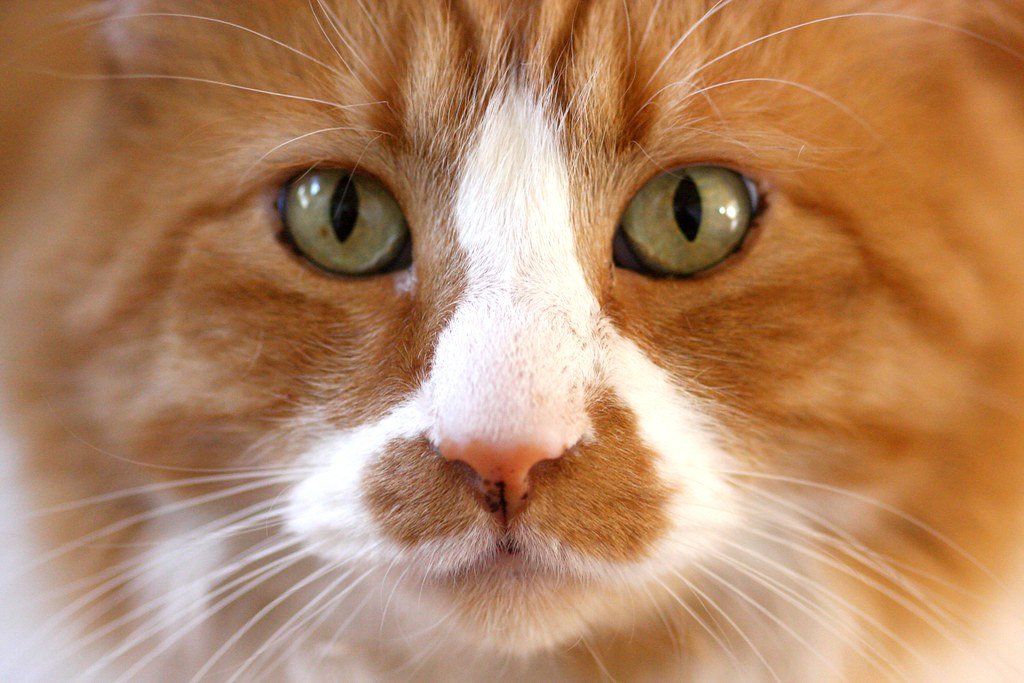
Theme parks began incorporating saber-toothed cats into attractions and exhibits, creating immersive experiences that allowed visitors to feel like they were encountering these creatures in their natural habitat. These experiences combined education with entertainment, making learning about prehistoric life an adventure rather than a chore.
The popularity of these attractions demonstrated the enduring appeal of saber-toothed cats. Visitors didn’t just want to learn about these creatures—they wanted to experience them, to feel some connection to these magnificent prehistoric predators.
The Legacy That Continues Growing
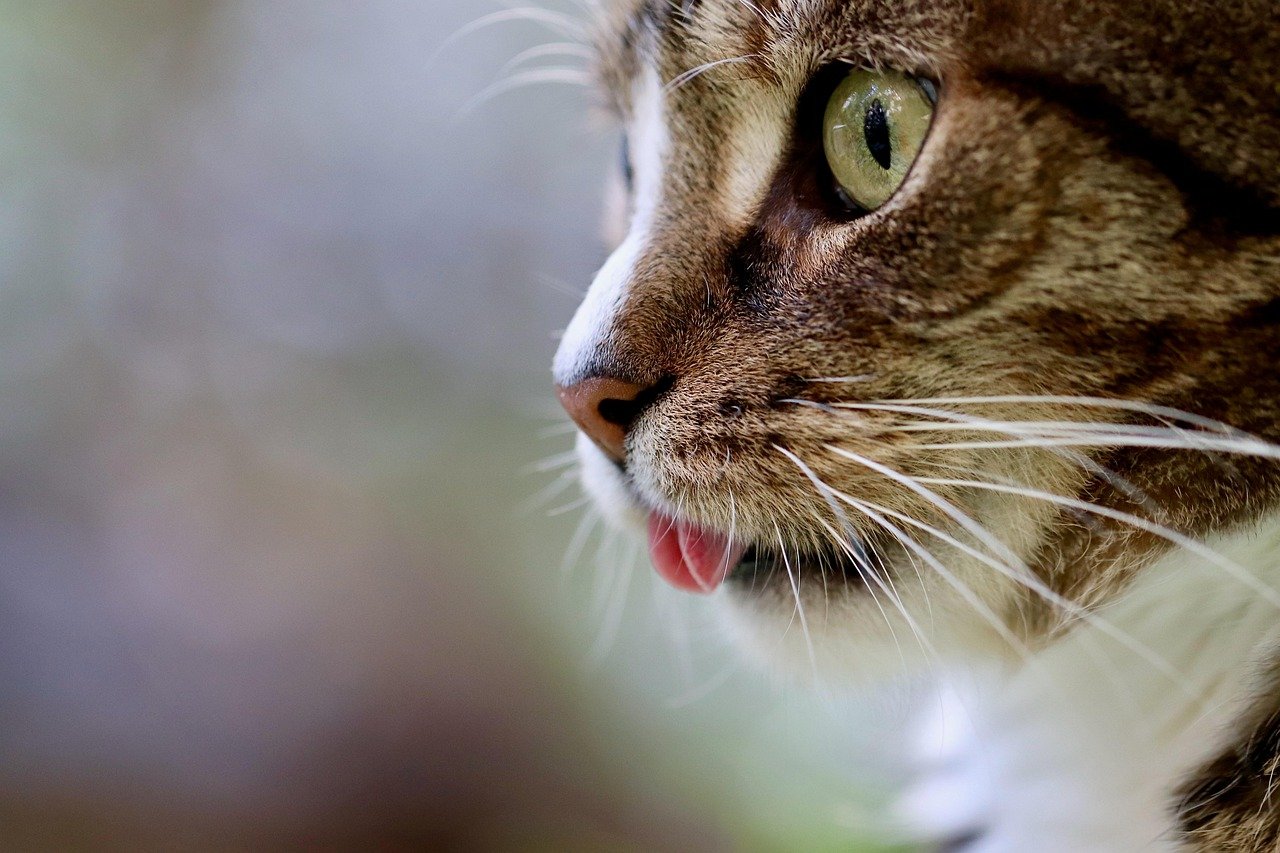
Today, saber-toothed cats occupy a unique position in popular culture. They’re simultaneously scientific subjects, cultural icons, and sources of inspiration. New discoveries continue to fuel public interest, while creative interpretations in various media keep them relevant to new generations.
The journey from ancient fossil to modern legend shows how scientific discovery and cultural imagination can work together to create lasting impact. These prehistoric cats have transcended their extinction, living on in our collective consciousness as symbols of power, mystery, and the incredible diversity of life on Earth.
What started as a single fossil discovery has become a cultural phenomenon that spans generations, mediums, and continents. The saber-toothed cat’s journey from bone to legend proves that sometimes the most powerful stories are the ones carved in stone, waiting millions of years to be told. Who could have predicted that teeth designed for hunting would instead capture hearts?
Hi, I’m Bola, a passionate writer and creative strategist with a knack for crafting compelling content that educates, inspires, and connects. Over the years, I’ve honed my skills across various writing fields, including content creation, copywriting, online course development, and video scriptwriting.
When I’m not at my desk, you’ll find me exploring new ideas, reading books, or brainstorming creative ways to solve challenges. I believe that words have the power to transform, and I’m here to help you leverage that power for success.
Thanks for stopping by, Keep coming to this website to checkout new articles form me. You’d always love it!






